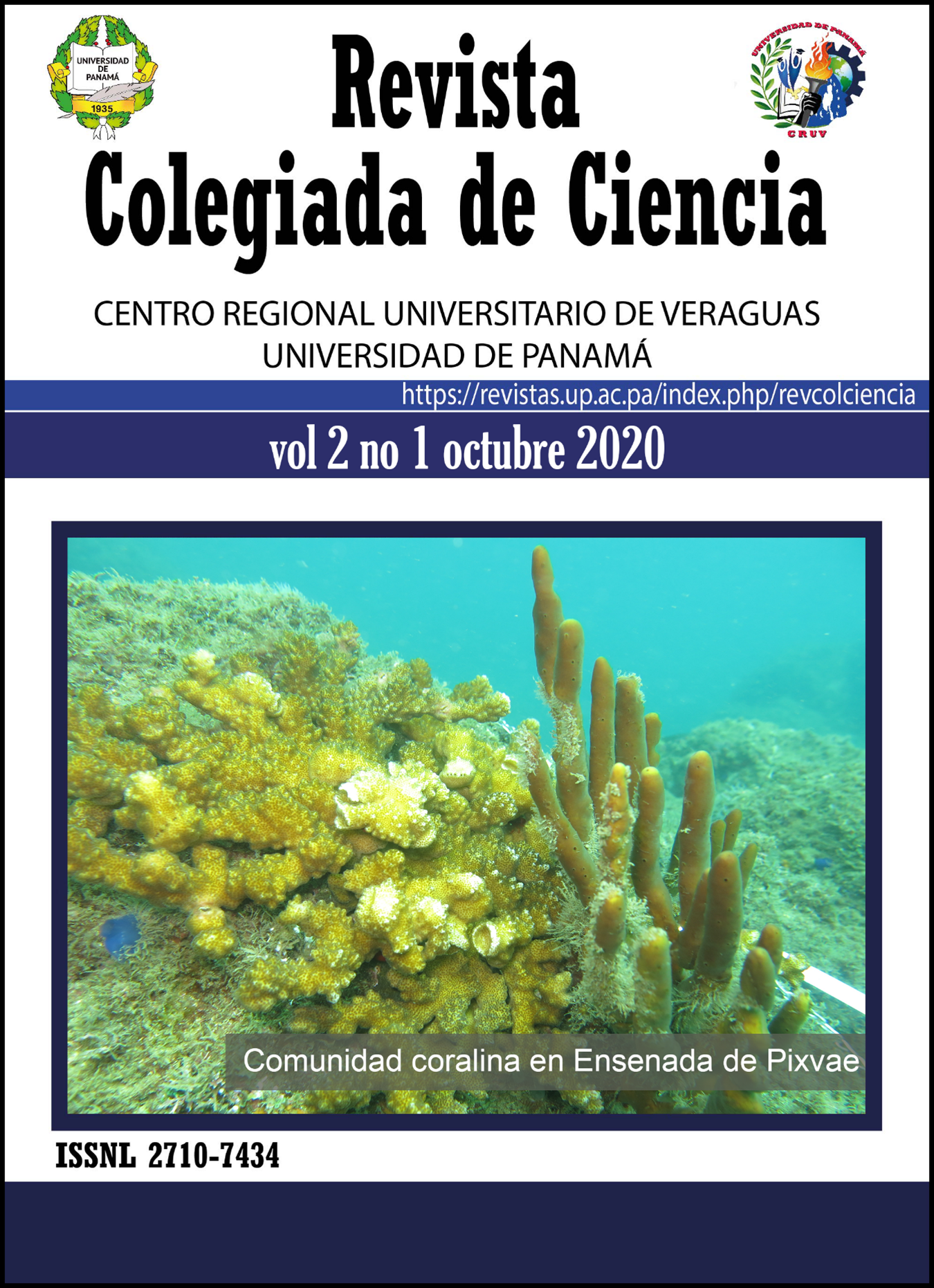

Pixvae is one of the main settlements within the influence area of Coiba National Park. Between March-May 2015 and August 2016, the coralline communities associated with fishing grounds were evaluated in Ensenada de Pixvae with the goal of determining the existing relationships between bottom composition and conspicuous fish presence. In order to achieve this goal, 50-meter-long transects were established at 12 sites associated with fishing, where visual censuses for fish counts and video recording of each transect were carried out. The results indicate that rock bottom is the dominant marine habitat with 60% average cover, another 18% is composed of gavel-sand, 12% hard coral, 8% algae, 1% black coral and 1% octocoral. Shannon-Weiner diversity index (H’) from both research periods did not show significant difference. Twelve scleractinian coral species, 4 octocorals and one species of black coral are reported for this study. A total of 3,348 fish individuals from 50 species were recorded. Highest species richness occurred at shallow rock bottom habitats, whereas highest abundance (>500) was recorded at deeper black coral bottom. Biological value index (IVB) indicated that snapper is a resource with considerable presence at most sites, which has generated pressure in the system. This study provides scientific information with the objective to promote management tools that support sustainable use of the resources in Ensenada de Pixvae.